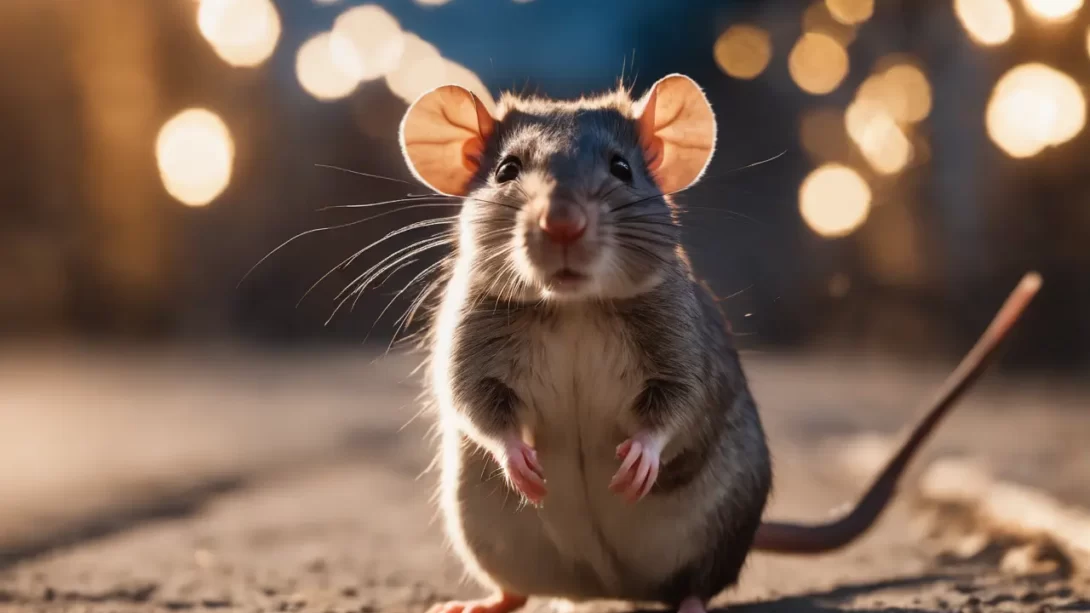Rats are known for their adaptability and survival skills, which include a highly opportunistic approach to feeding. A less known, yet intriguing aspect of their behavior is cannibalism, leading to the question: do rats eat other rats? This article delves into the dietary habits of rats and explores the circumstances under which they might engage in cannibalism.
Rats’ Dietary Preferences
Rats are omnivorous creatures, meaning their diet encompasses both plant and animal matter. They typically feed on grains, fruits, seeds, and occasionally small insects or meat. As opportunistic feeders, rats are not particularly selective about their food sources and will consume almost anything that is available and edible. This adaptability is one of the reasons why rats are able to survive in diverse environments, from wild habitats to urban areas.
Cannibalism in Rats: Occurrences and Causes
Cannibalism among rats, while not a regular occurrence, does happen under certain conditions. In situations where food is scarce, rats may resort to eating weaker or dead members of their own species. This behavior can also be triggered by high-stress environments, such as overcrowded living conditions. In some cases, mother rats might consume their young if they feel their environment is too threatening or if the health of the offspring is compromised.
Observations and Studies on Rat Cannibalism
Scientific studies and field observations have provided valuable insights into the phenomenon of cannibalism in rat populations. Research indicates that rat cannibalism, while not a common behavior, does occur in specific circumstances. For instance, studies have shown that in environments with limited food resources or extreme population density, rats may turn to cannibalism as a survival strategy. Urban settings with poor sanitation can sometimes create conditions conducive to such behaviors, as food scarcity and overcrowding are more prevalent.
Social Structure and Behavior of Rats
The social hierarchy and behavior patterns within rat colonies play a significant role in their interactions, including aggressive or cannibalistic behavior. Rats typically live in structured groups with a dominant rat leading the colony. Social stress, often due to challenges to this hierarchy or overcrowding, can trigger aggressive behavior. This aggression may escalate to cannibalism, particularly in situations where food is scarce or in the case of a weakened or dead rat within the colony.
Dominant rats may also display cannibalistic behavior towards weaker or younger members as a way to eliminate competition or in response to environmental stressors. Such occurrences, while not the norm, are part of the complex social dynamics within rat populations.
Implications for Rat Populations and Control
Cannibalism within rat populations has significant implications for both their dynamics and control measures. In one aspect, cannibalism can be a natural form of population control, especially in environments where resources are limited. It reduces the number of mouths to feed and can slow down the growth of the rat population under stress conditions.
From a pest control perspective, understanding the conditions that lead to cannibalism can be useful. For instance, strategies that create stress or resource scarcity in a rat population, such as targeted removal of food sources, can indirectly encourage cannibalistic behavior, which in turn can help in controlling their numbers. However, such strategies need to be carefully considered and ethically executed, as they can also lead to increased rat aggression, which might have unintended consequences.
Ethical Considerations in Rat Control
When implementing control measures, it’s important to consider the ethical implications of inducing stress or promoting cannibalism in rat populations. Humane pest control methods should be prioritized, focusing on prevention, such as securing food sources and maintaining clean environments, rather than measures that cause harm or distress to the animals.
Conclusion
In summary, while not a common or natural part of their diet, rats can and do resort to cannibalism under certain environmental conditions, such as stress, overcrowding, and food scarcity. Understanding these behaviors is crucial for effective and ethical rat management, especially in urban environments. This insight into rat behavior underscores the complexity of animal survival strategies and the importance of considering ethical implications in wildlife and pest control practices.



